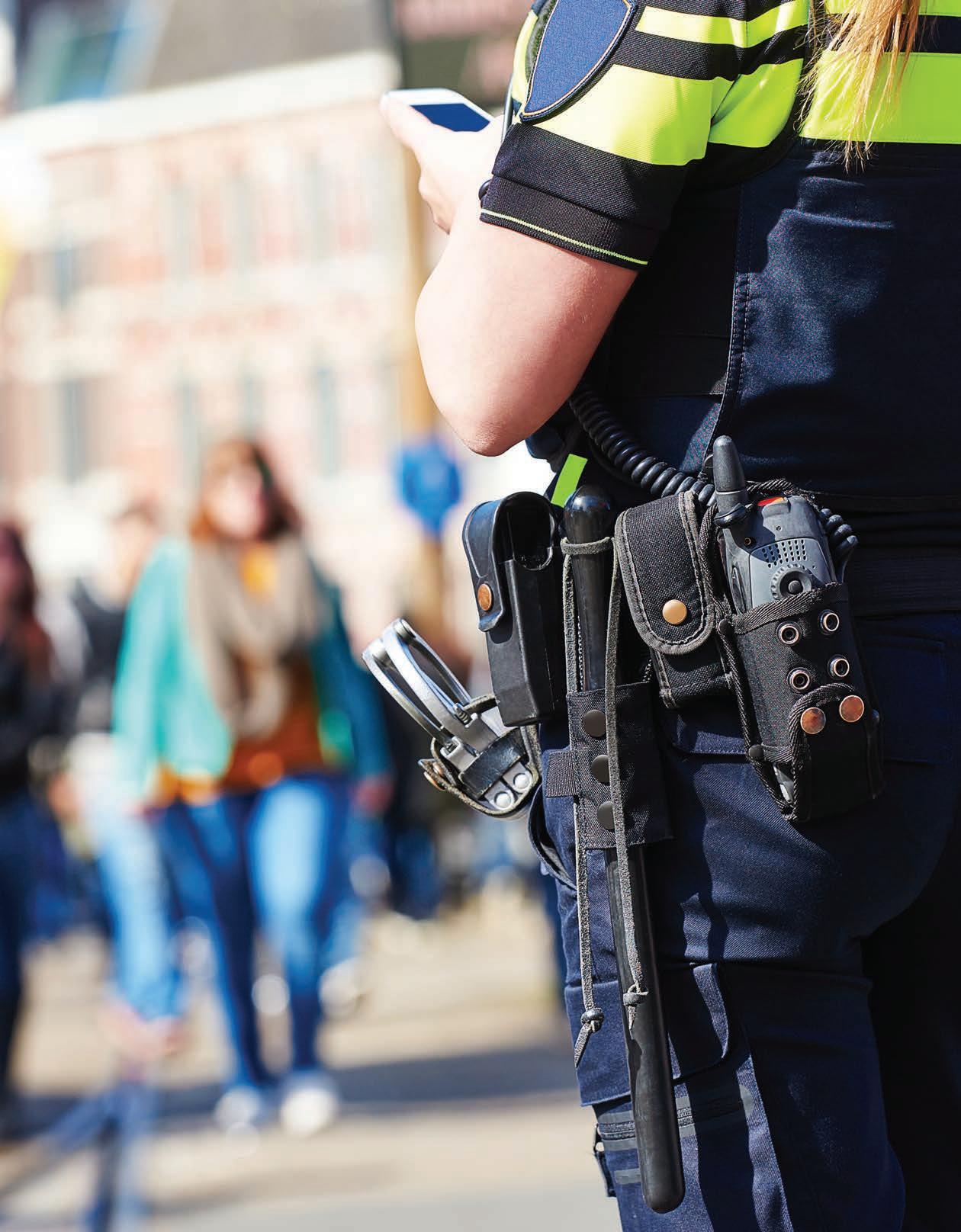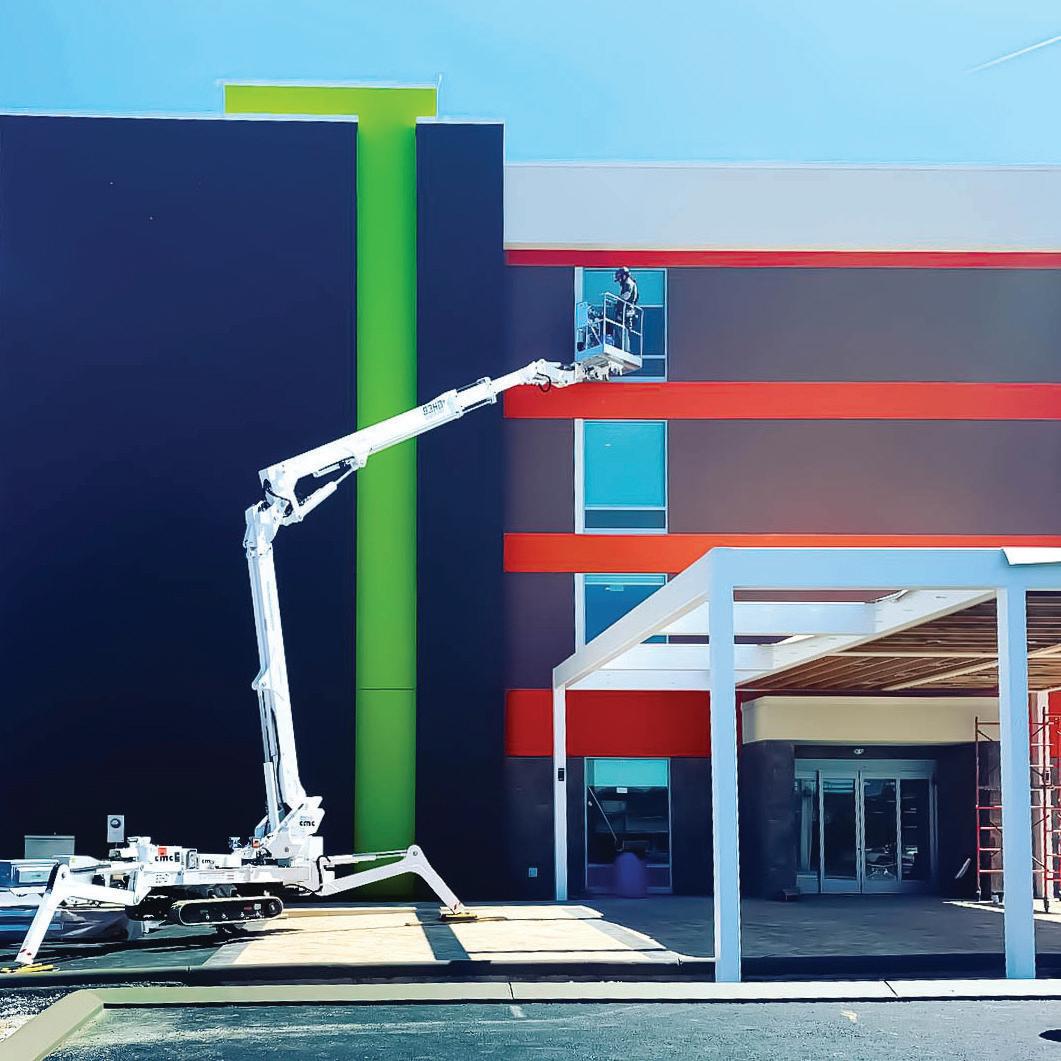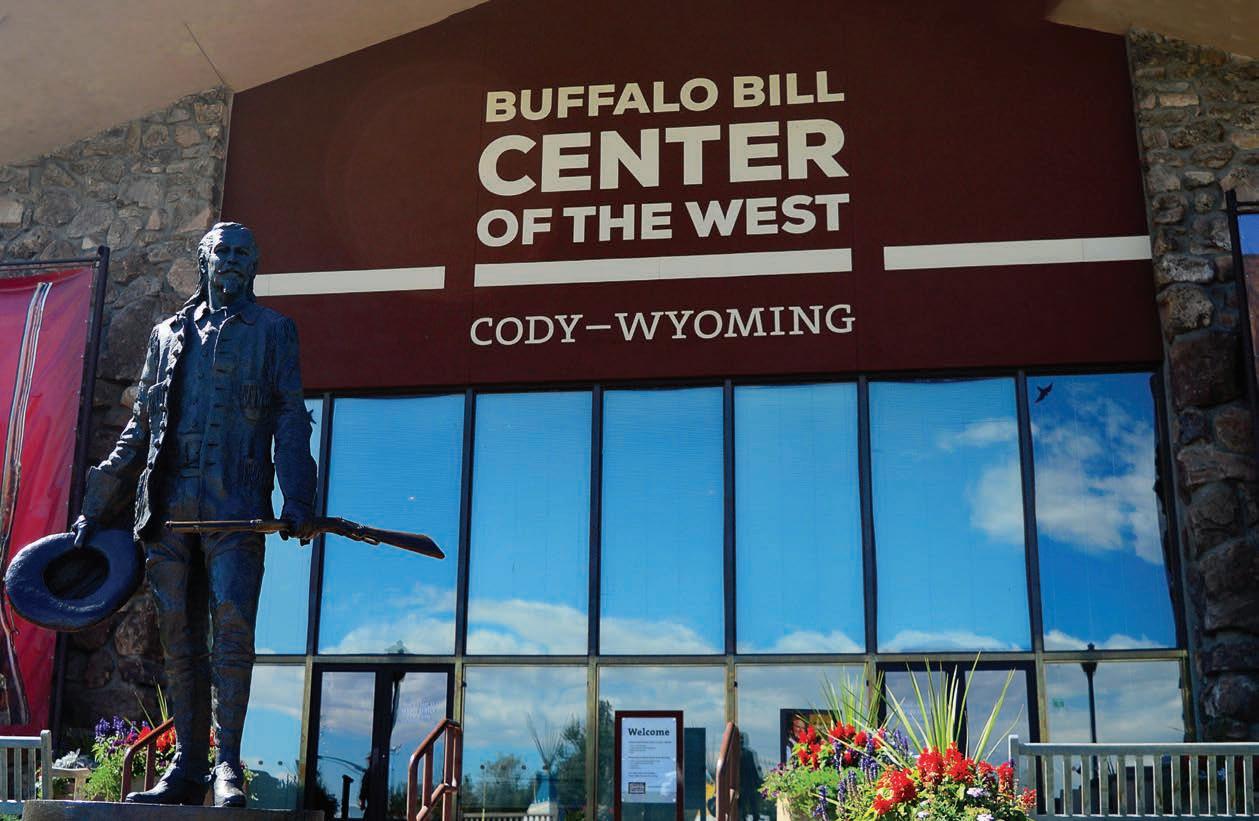
2 minute read
Editor’s Note: Moving forward
Moving forward following a tumultuous 2020
Sarah Wright | Editor
What a year 2020 was for public safety agencies. Not only was there a global pandemic to strain resources and operations, but cities across the U.S. also became the sites for numerous protests following the killing of George Floyd. Many city officials are still grappling with the difficult conversations sparked by these events while also seeking the best path forward. Over the months, it has become clear said path will look different from community to community.
In our December issue, The Municipal shared the Eugene-Springfield, Ore., area program called Crisis Assistance Helping Out On The
Streets, or CAHOOTS. Since that article and this past summer’s events, more cities are unrolling similar programs, which use social workers and other licensed medical workers like EMTs, nurse practitioners and mental health providers to respond to mental health crises rather than police. As of February, Oregon was considering a proposal to bring CAHOOTS-style services to the entire state. This bill — HB 2417 or the CAHOOTS Act — would create matching grants for cities and counties to use to fund similar teams.
Meanwhile, Denver, Colo., has been making headlines for its
CAHOOTS-style pilot program, which is called the Support Team
Assistance Response, or STAR. Since its launch in June, STAR has responded to 748 calls, none of which required police assistance or arrests. USA Today noted, “Denver police responded to nearly 95,000 incidents over the same period, suggesting that an expanded
STAR program could reduce police calls by nearly 3%, according to the report.”
Many police departments have been looking inward since the shooting of Michael Brown in 2014, and 2020 saw a continuation of this trend, with many emphasizing new training methods and policies. In this issue, we highlight one nationwide project — the Active Bystandership for Law Enforcement —which teaches first responders to intervene when necessary to prevent their colleagues from causing harm or making costly mistakes. Writer Amanda Demster spoke with the project’s co-founder, Jonathan Aronie, and three departments in various stages of launching ABLE Project training. Launched in June 2020, ABLE is based on the New Orleans Police Department’s Ethical Policing is Courageous program.
Denise Fedorow is writing about two police departments’ drone programs in Wilmington, N.C., and Brookhaven, Ga. The latter police department plans to use drones to respond to some 911 calls, giving first responders a bird’s-eye view of what is occurring on the scene. It is hoped the drone will de-escalate certain situations.
Also included in this public safety themed issue are Manhattan, Kan.’s, student firefighter program, a peek at what it’s like having a nearby amusement park for fire departments and a spotlight on Dothan, Ala.’s, Wiregrass Public Safety Center, which is a unique facility in that it serves not only police and fire but also the community as a whole.
Different communities will have different responses to the unrest of 2020 as they have different needs and demographics, but hopefully, municipalities will learn from each other much like with CAHOOTS and the ABLE Project. Great ideas are meant to be shared as we all benefit from them.
As always, stay well, everyone!









